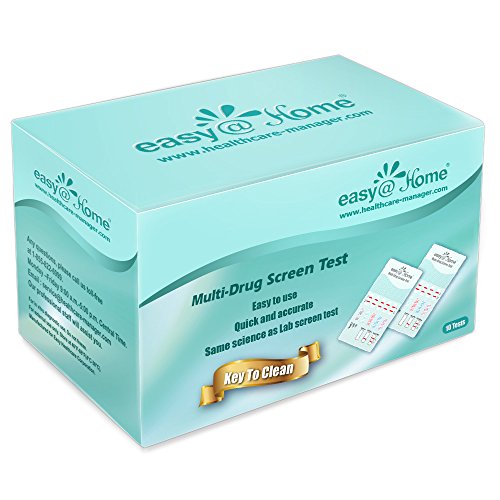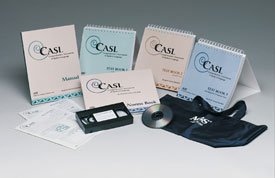The many methods used for analyzing in a physician’s office may be a urine sample or a saliva drug test. Both are demonstrated to be very precise, and here is how the urine type functions. If it’s among the immediate testing sample cups, then it’s quite a bit more than just a specimen cup. The cup includes specific strips for testing particular drugs or medication classes. Additionally, the cup has a temperature indicator that’s very good if the individual tries to add synthetic urine or somebody else’s pee.
There’s a significant difference between room temperature and body temperature
If a patient chooses to the cup if there’s a sufficient amount the pee will come in touch with each of these testing strips in the cup. The chemical response with each strip will then reveal whether or not that drug or medication class is positive and the sample. Generally, within 5 to ten minutes, the results are available being viewed from the outer side of the cup to the physician. The extra way is to place testing strips separately into the urine that can show a negative or positive result.
These cups are generally over 99% accurate
They aren’t foolproof, and there are plenty of methods the patient occasionally uses to try and fool them. This might consist of using somebody else’s urine sample or even putting in adulterating materials inside the sample such as a bleaching agent. There are certain types of drug testing cups that specifically will search for these varieties of adulterants. Once the instant screening method is achieved, the specimen could be sent off to a testing laboratory for confirmation. What’s verification? This is when the sample is delivered to the laboratory, and the laboratory uses chromatography to specifically look and see if narcotics or other drugs are present. They also search for adulterers too.
Chromatography testing has become the most specific analyzing in existence
It can pick up amounts of medication that are second and might not appear on the drug testing cop instant results. Some pain doctors send every sample taken to a laboratory for confirmation, while others will merely send those which are positive in the office. If this is the approach taken, once in a while there’ll be a sample that tested negative in the workplace that actually had been favorable. This is known as a false negative. Testing labs can be a really helpful resource for physicians medication testing their own patients. If there are questionable results, the physician can talk to the staff at the drug testing laboratory, and they may have a toxicologist on staff to help with explaining questionable results.
































